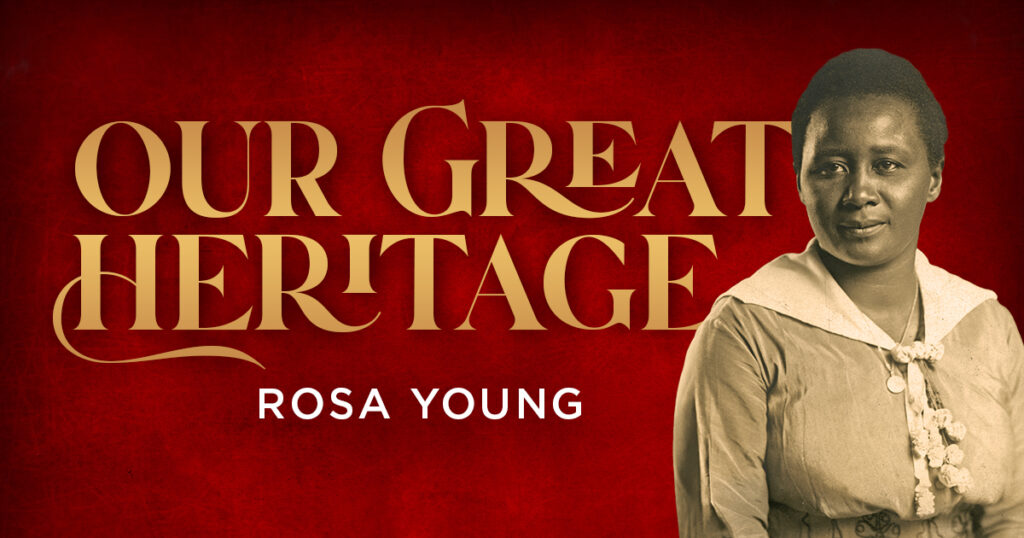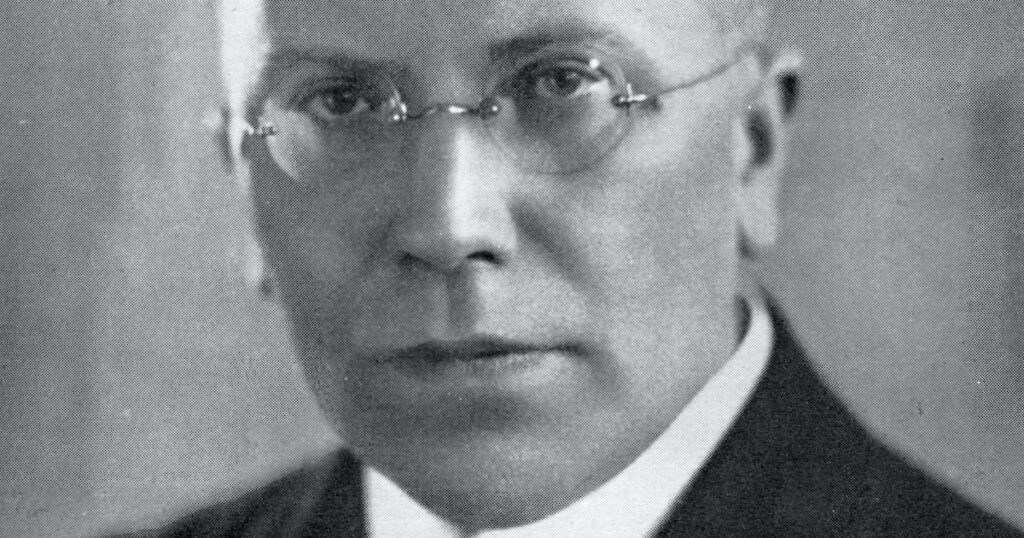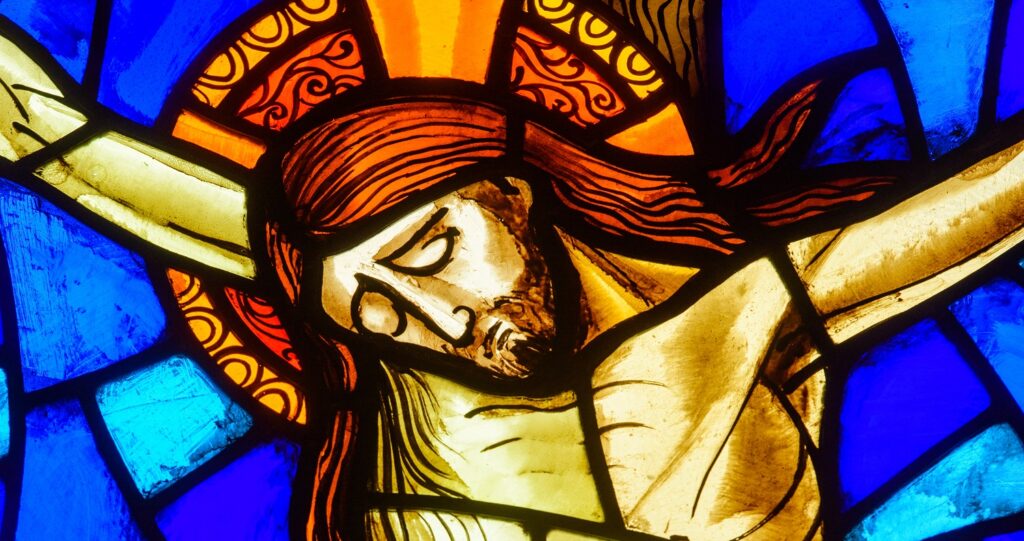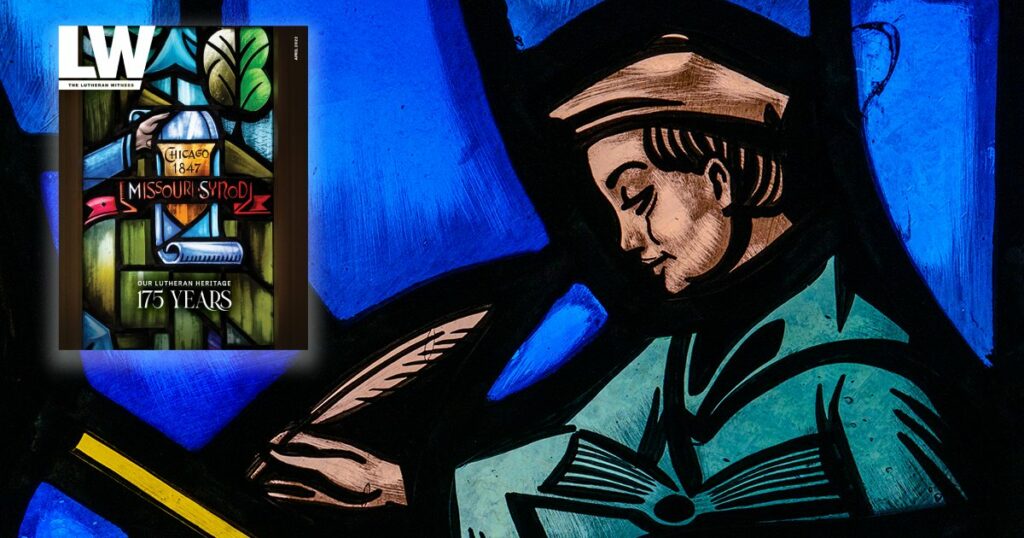Rosa Young
A.D. 1890–1971
Spurred on by a deep love for her neighbor, Rosa Young brought education and the Gospel to a region deeply in need.
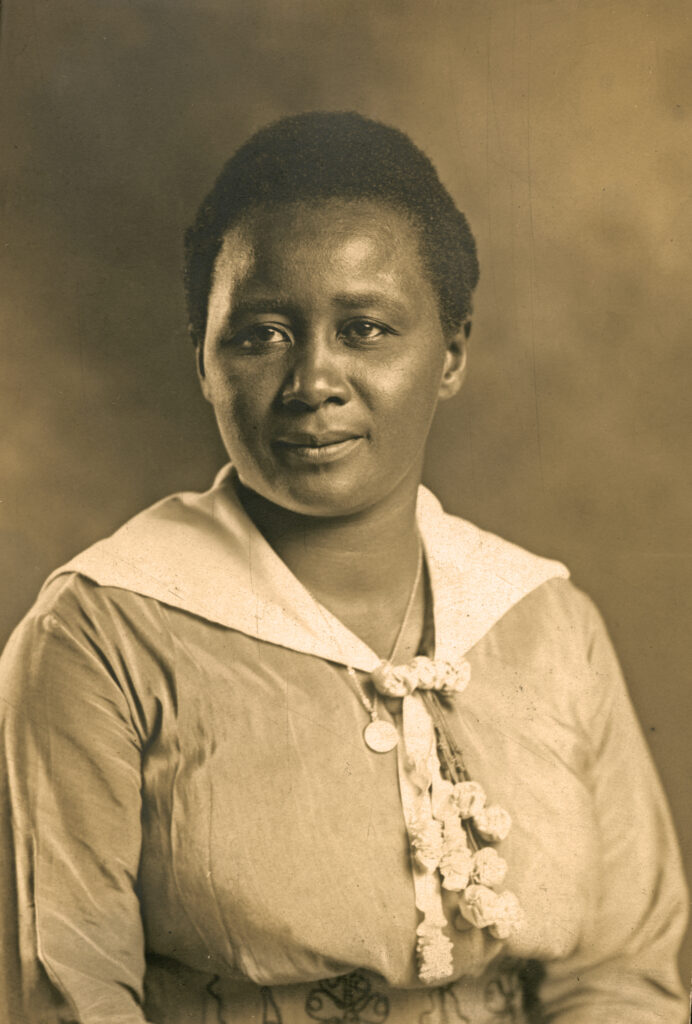
In this series, Lutheran historian Molly Lackey will trace the history of the church, from the time of the apostles through the twentieth century. As the Body of Christ, our history transcends time, country and citizenship: “God’s Word is our great heritage.”
Imagine you are a student at the Rosebud School in Rosebud, Alabama. Your parents were born into slavery and freed at the end of the Civil War, but that wasn’t the end of your hardships: You are incredibly poor, and no one in your family can read or write. A young woman from the community, Rosa Young, started a school in Rosebud a few years ago, but now it is on the verge of closing. You like going to school — Ms. Young expects a lot from you, but she is encouraging, always reminding you to pray and thank God for what you have — but you can barely afford to pay the 25-cent monthly tuition. You need someone to help fund the school.
One morning, Ms. Young announces in chapel that you have a special guest today, Pastor Bakke, a Lutheran preacher from St. Louis. You’re not sure what a Lutheran is, but the hymns he teaches you tell you so much about Jesus, and his sermon about God’s love for you on the cross is like nothing you’ve ever heard. But why is he here? Are these Lutherans going to help with your school and teach you more about Jesus?
From impoverished child to school founder
Rosa Young was born on May 14, 1890, in Rosebud, Ala., in a region known as the Black Belt. This very poor, very rural part of South Alabama was characterized by fertile black soil, which, in turn, made possible large-scale cotton plantations and a large slave population before the Civil War.
Rosa was born some 25 years after the abolition of slavery, but the effects of the institution were still keenly felt in this part of Alabama. Black people in Rosebud and the surrounding region lived in a state of physical, intellectual and spiritual poverty that is unfathomable to us today. In her autobiography, Young describes children walking to school in winter, barefoot and half-naked, and 15-year-olds who could not read or write. Large families slept in single-room houses without furniture, plates or utensils. Perhaps most upsetting to Rosa was the widespread neglect of Christian teaching. Mercenary preachers greedily snatched up what little money these poor people could give — and then mocked and abused them behind their backs.
Rosa Young had always wanted to become a teacher. She attended Daniel Payne College and graduated valedictorian in 1909. After working as an itinerant teacher throughout the Black Belt, she returned to Rosebud in 1912 to found her own school. Rosa gave up her entire $200 life savings to start the Rosebud Literary and Industrial School, and local families — black and white — assisted in funding and building the project. She envisioned a school for black children that would exceed state education standards and also teach the basic tenets of the Christian faith, and that would be affordable enough that no child would ever be turned away.
The Rosebud School grew in its first two years from seven to over 200 students. But disaster struck in 1914, when the Black Belt region was struck by a boll weevil infestation. The boll weevil is a small insect that eats and destroys cotton plants, the primary cash crop of the region. Families saw their small livelihoods evaporate overnight, as many farmers struggled to harvest even a single bale of cotton from their fields. Enrollment at the Rosebud School plummeted, and the students who remained were unable to pay their tuition in cash, paying in farm produce instead. Rosa Young gave herself a 35-cent salary for the year.
Spreading Lutheran teaching through southern Alabama
Unwilling to close the school, Rosa Young needed someone to fund the school and keep it open. Young approached multiple church bodies, asking for help. They all refused. Desperate, Rosa wrote to Booker T. Washington, educator and leader of the Tuskegee Institute. Washington recommended that Young contact the Board of Colored Missions within the Synodical Conference, a coalition of Lutheran churches (including the LCMS), because “they were doing more for [black people] than any other denomination he knew of … [and] because of the religious training which they were giving [black] people” (Rosa Young, Light in the Dark Belt, 170).
Rosa wrote to the Mission Board, and soon the Rev. Nils J. Bakke, an LCMS missionary, came down to meet Young and see the school. He met with the school board, and they came to an agreement to turn the school over to the Mission Board. No one in Rosebud was Lutheran — Young herself says she knew hardly anything about Luther and the Reformation at the time — but everyone was impressed with Rev. Bakke. Bakke began preaching and teaching in Rosebud in spite of vicious opposition and slander from the local non-Lutheran clergy. But the Holy Spirit was active in the face of this adversity: Rosa Young was confirmed on Palm Sunday 1916, one of the first black people to be confirmed Lutheran in Alabama.
Because of the tireless work of Rosa Young, both education and Lutheran teaching spread throughout the black population of South Alabama. Young was involved in establishing 30 Lutheran schools and 35 Lutheran churches in Alabama. She was given an honorary doctorate by Concordia Theological Seminary in 1961 in recognition of her work, the first woman and first black person to receive such an honor in the LCMS. In 1977, six years after her death, Wilcox County, home of Rosa Young and the Rosebud School, had produced more black LCMS pastors than any other region in the country.
Throughout her life, Rosa Young prayed without ceasing, casting all of her cares on Jesus and trusting Him to provide for her every need. Her concern for the physical, intellectual and spiritual needs of her neighbor and her hopeful industriousness in the face of immense challenges is an inspiration to all of us today. May the Lord stir up in us a faith and a love for our neighbors like that which He stirred up in His saint Rosa Young.
Editor’s Note: The final installment of this series, on J.A.O. Preus, who fought to keep the LCMS faithful to Scripture, will be posted two weeks from today. Check back then or follow us on social media to catch it!
Image: Concordia Historical Institute.


